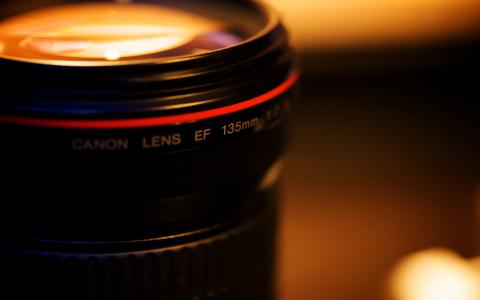
Uganda has a population of about 33 million of which 21%(6.5 million) are youth and this is projected to increase to about 7.7 million by 2015.According to the State of the World’s Population Report (2012), Uganda has the World’s Youngest Population, where 78% of the population is below 30 years, while 52% are below 15 years and 39.3% are between 19-59%. Uganda continues further to experience a high growth in the population of young people from 51.4 %( 1969) below 18 years to 53.8% (1991) and 56.1 %( 2012).
These demographic presentation may sketch the reality and overwhelming needs and problems that affect the wellbeing of young people such as on access and utilization of sexual and reproductive health services and information. The Government of Uganda recognizes reproductive health as a basic human right for all citizens. While we recognize some of the commendable progress in the provision of sexual education in schools, out of school young people are left out especially young girls who end up with problems such as unplanned pregnancy, early and forced marriage and unsafe abortions among others.
The provision of youth centered and friendly services builds a sustainable environment for their participation and increases their chances of adopting a responsible life through practicing healthy reproductive and sexual behaviors such as safer sex practices among adolescents, corrective condom use and reduced partners/faithfulness. It also increases their utilization of HIV prevention services and involvement in activities such as Sexual and Reproductive Health outreaches to schools and communities. In many societies and cultures, adults have difficulty accepting teen’s sexual development as a natural and positive part of growth and maturation.
The actions and attitudes of service providers matter in influencing the utilization of the available services as they will not seek services if they do not understand the importance of sexual health care. Many young people encounter significant obstacles and barriers in accessing sexual and reproductive health information and services such as inadequate youth friendly services with characteristics of the facilities, the design of the services (crowding waiting rooms, lack of privacy in counseling spaces, little accommodation for walk in patients, limited contraceptive supplies and options) as well as the attitudes and actions of service providers towards young people.
It is therefore prudent that new alternatives for youth centered sexuality education and in my view, social media (both Web based and Mobile based technology) can be one of the alternatives that can be explored by Government, and civil society with a focus on improving and building sustainable means through both institutionalized and community based support.
Think of regular media as a one-way street where you can read a newspaper or listen to a report on television, but you have very limited ability to give your thoughts on the matter. Social media, on the other hand, is a two-way street that gives you the ability to communicate and express your views. Social media is becoming an integral part of many young people’s lives although not all of them have equal access to it. Internet and mobile technologies are increasingly being recognized as important communication channels for reaching young people.
Success have been established in forms of social media where young people are also engaged in such as, Blogs, discussion forums, Facebook, MySpace, Pinterest, Tumblr, Twitter and YouTube among others. It is therefore encouraging to explore and integrate the available technologies like preexisting (and thriving) online and mobile networks to improve access to services and communicate sexual health information to young people. In recent times, governments and civil society organisations working with young people have also adopted the use of social media.
The move by Government to promote ICT in schools is timely in making a fundamental change in the way teachers can interact with learners. Teachers can pull news stories from any of those sources. Students can ask questions and facilitate deeper discussion after reading something on one of the thousands of SMS .However, there must be flexibility in the new forms of technology which must stretch beyond social media.
There are a myriad of benefits that young people can gain from using social media. With these benefits, even young people with disabilities can build an online community in which they offer one another with friendship, support, information and advice while creating safe online spaces where they talk about issues relating to Sexual and Reproductive Health, sexuality and life skills aimed at creating change. Social networking services can provide an accessible and powerful toolkit for highlighting and acting on issues and causes that affect and interest young people.
Although the tools of social media are easily accessible, the rules of the road are not necessarily intuitive with challenges such as costly devices and high internet costs to easily access social media. It’s a new communications landscape, with tremendous opportunities but also a lot to learn.
Other potential negative effects from young people’s use of social media may be explored; we need to consider adoption of strategies such as a positive ‘digital citizenship’ approach that acknowledges social media as an avenue for strengthened participatory practices between individuals, organizations and communities.
Specifically, we need to develop and sustain communication campaigns that target young women to appreciate the risks of unprotected sex and learn negotiation skills with partners on sexual decisions. This is because through a mix of communication channels, messages reach different audiences through posters, leaflets, newsletters, radio programs, launch events, drama, peer educators and hot lines. This can be through investments in social networking, on line contests, storytelling, songwriting, and video creation for peer education on sexual health and reproductive rights.
Technology is here to stay and the power of the digital world to reach large numbers of youth with accurate sexual health information cannot be underestimated.
--
Cinderella Anena
Youth Activist.
